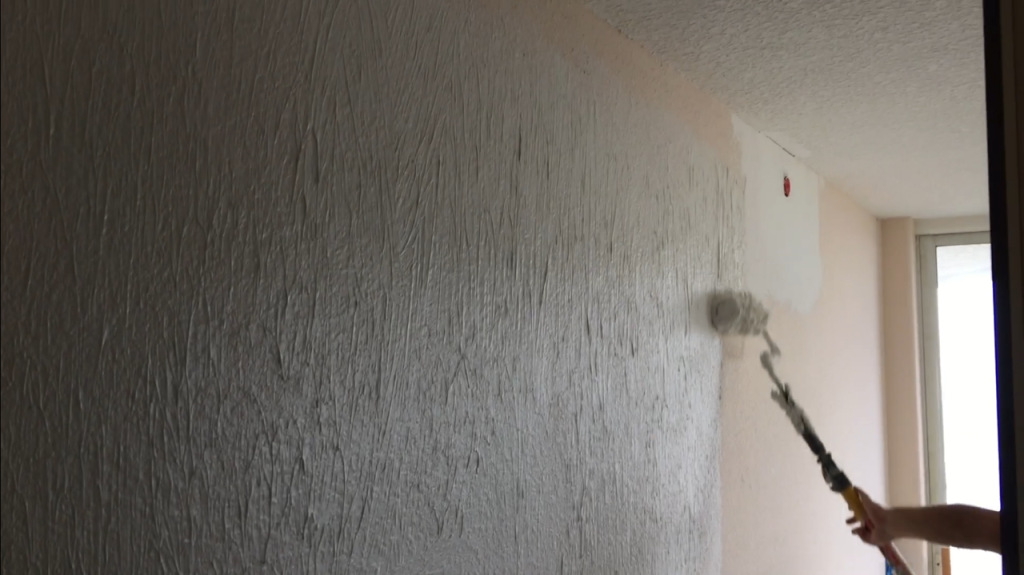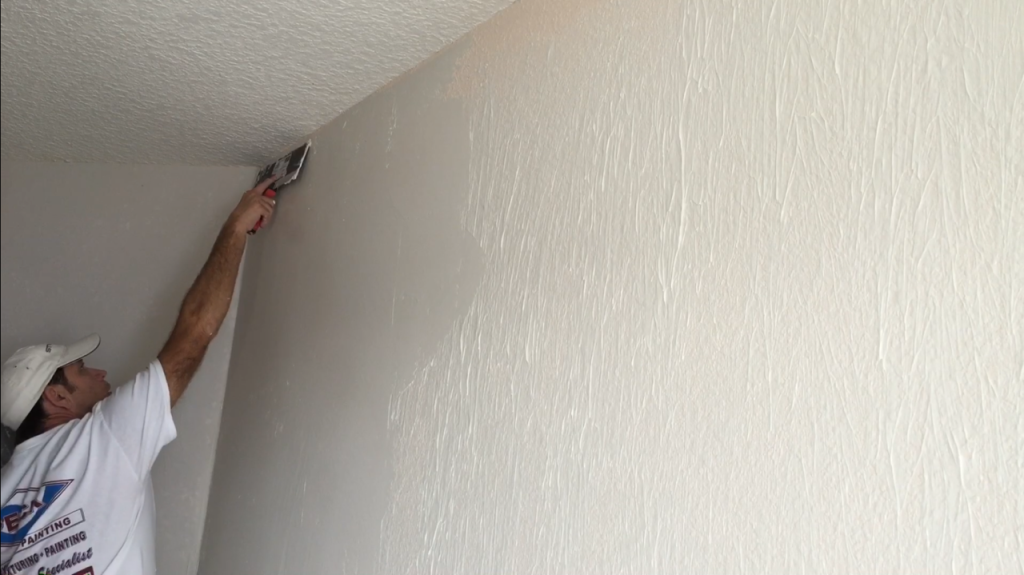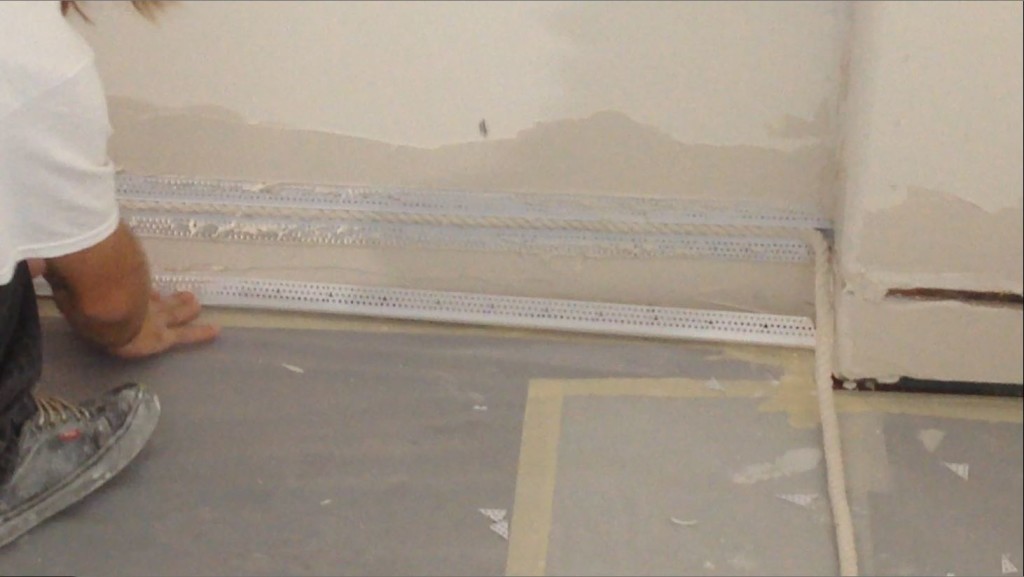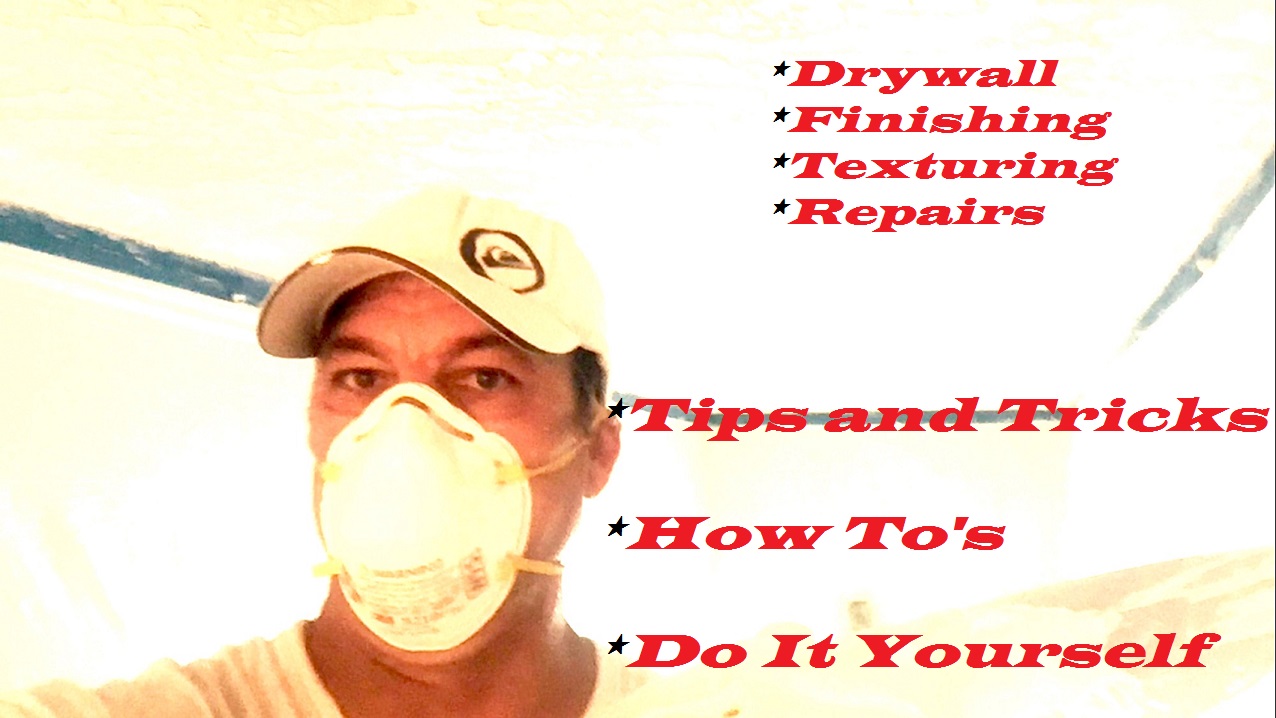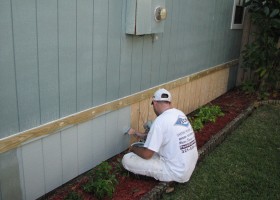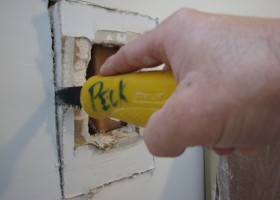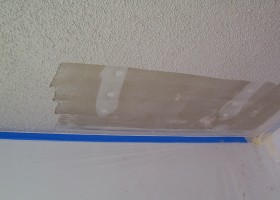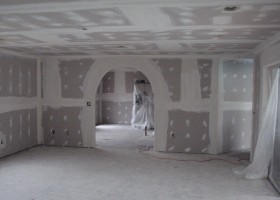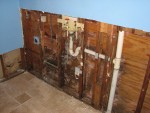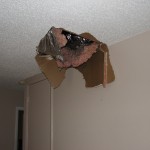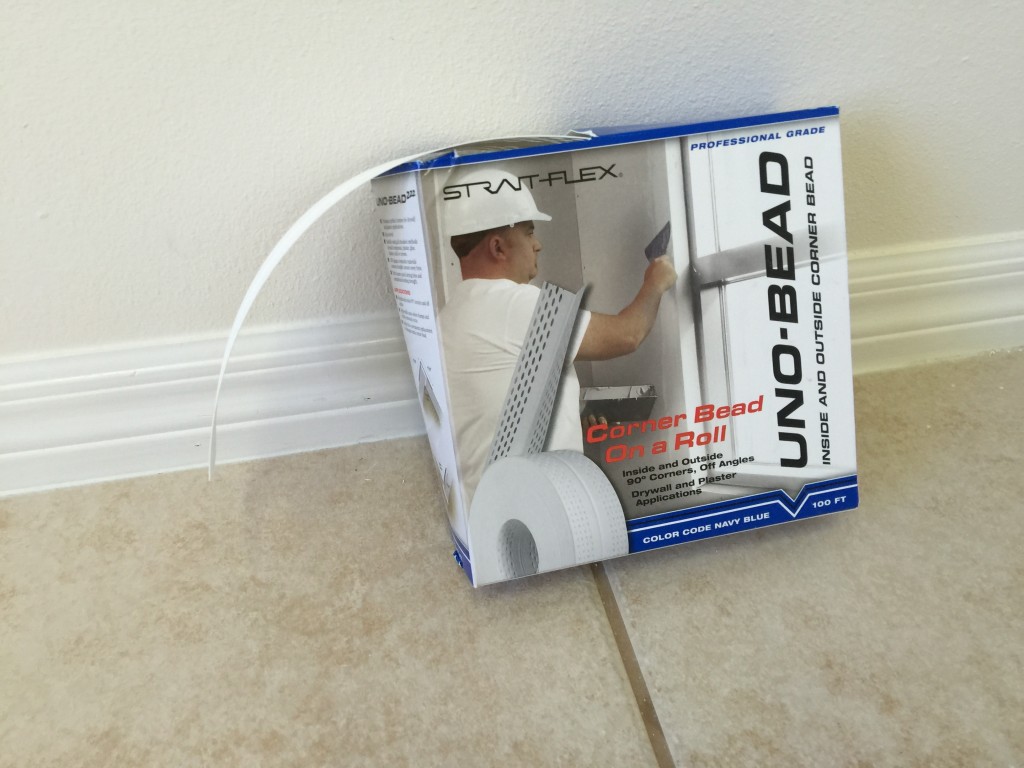
Strait Flex Uno-Bead – Corner bead on a roll
In this product review and demonstration video, I will be using the Strait flex Uno-Bead for the first time ever. This will enable you to see how easy the Strait Flex Uno-Bead is to work with without ever have used it before. Or what might be a bit of a learning curve when it comes to using a product you have never used before. Thanks for watching and if you have any questions about the Strait Flex Uno-Bead please feel free to ask me in the comments section of my video on Youtube.
I’ll be replacing the old corner bead from a closet modification with the Strait Flex composite corner bead on a roll. The closet had already been taken apart by the homeowner that had just purchased this home.The plan was to make a computer/gaming area for their son where the closet was. Since their new to them home was having several remodeling projects going on anyways they wanted to have me take care of this extra job while I was there.
My conclusion after trying Uno-Bead for the first time on this remodeling project is that whether you’re a contractor, handyman or even a home improvement DIY’er. This product will be a fast and easy way to install corner bead on new drywall and drywall repairs. And the Strait Flex Uno-Bead is much stronger the traditional corner beads which means it’s great for drywall corners in high traffic areas.
Another benefit is Uno-Bead requires less joint compound than the traditional metal corner bead or vinyl corner bead. Which speeds up drying time as well. So you can save time, the amount of materials needed to finish outside 90 degree drywall corner. All of this means you make more money while also getting a better and stronger end result. Also since this corner bead product comes on a roll, it’s easily stored eliminating the need to have a special place to store it from getting damaged before getting to the job where you’ll be doing your drywall finishing.
I would definitely use Strait Flex Uno-Bead Again again!
Here some stats about Strait Flex Uno-Bead 222:

